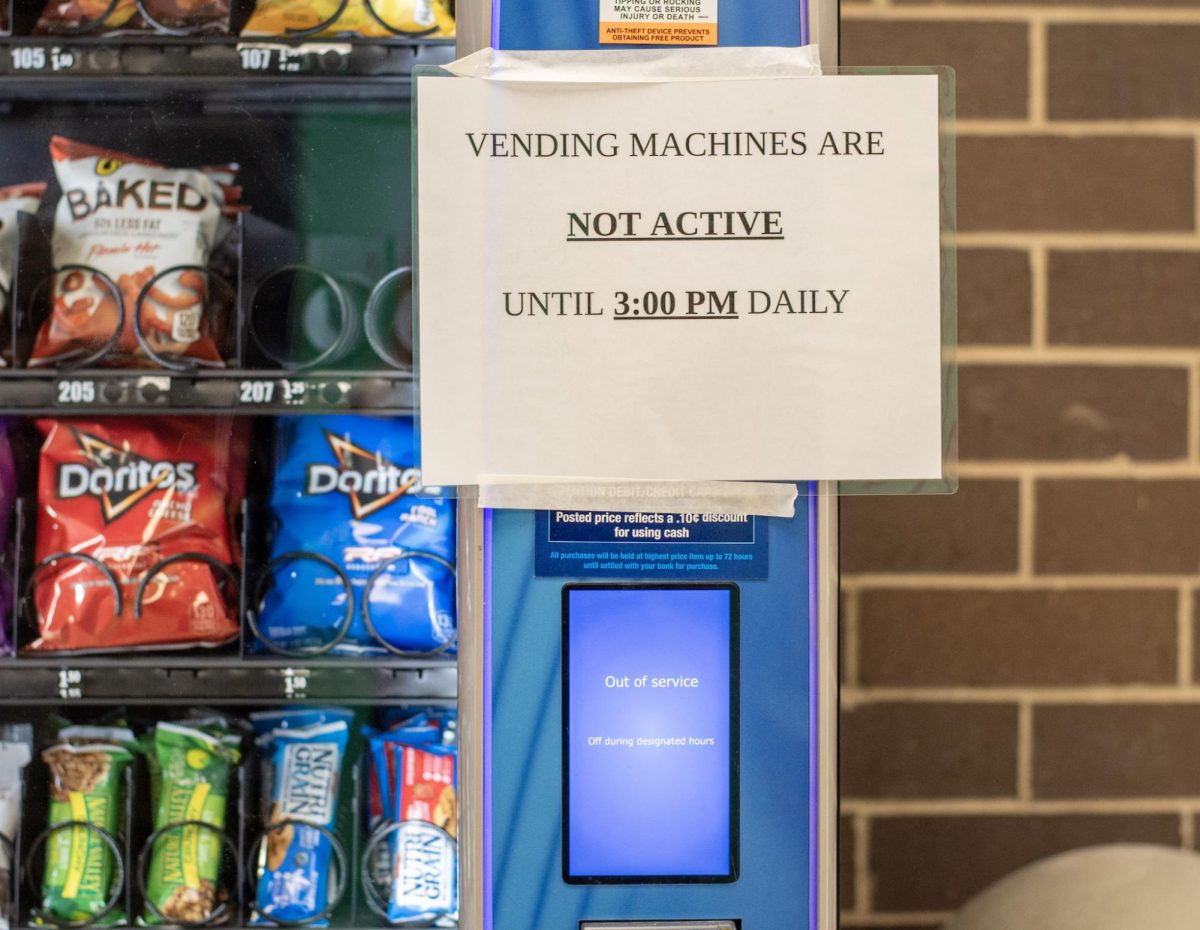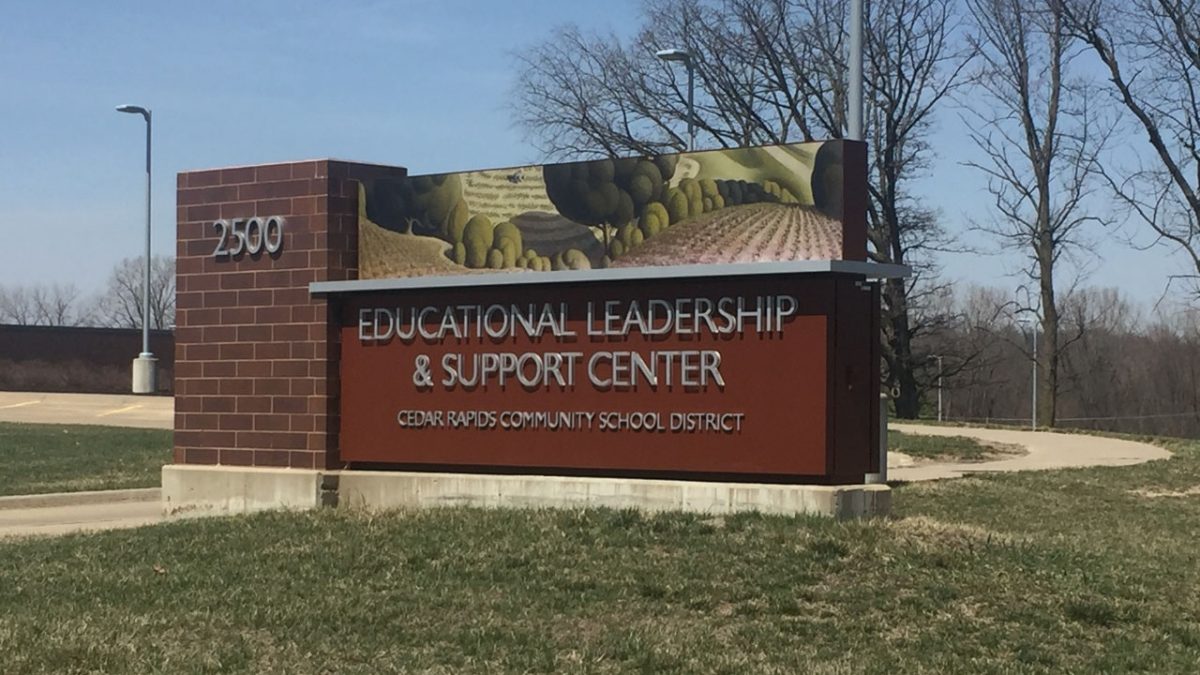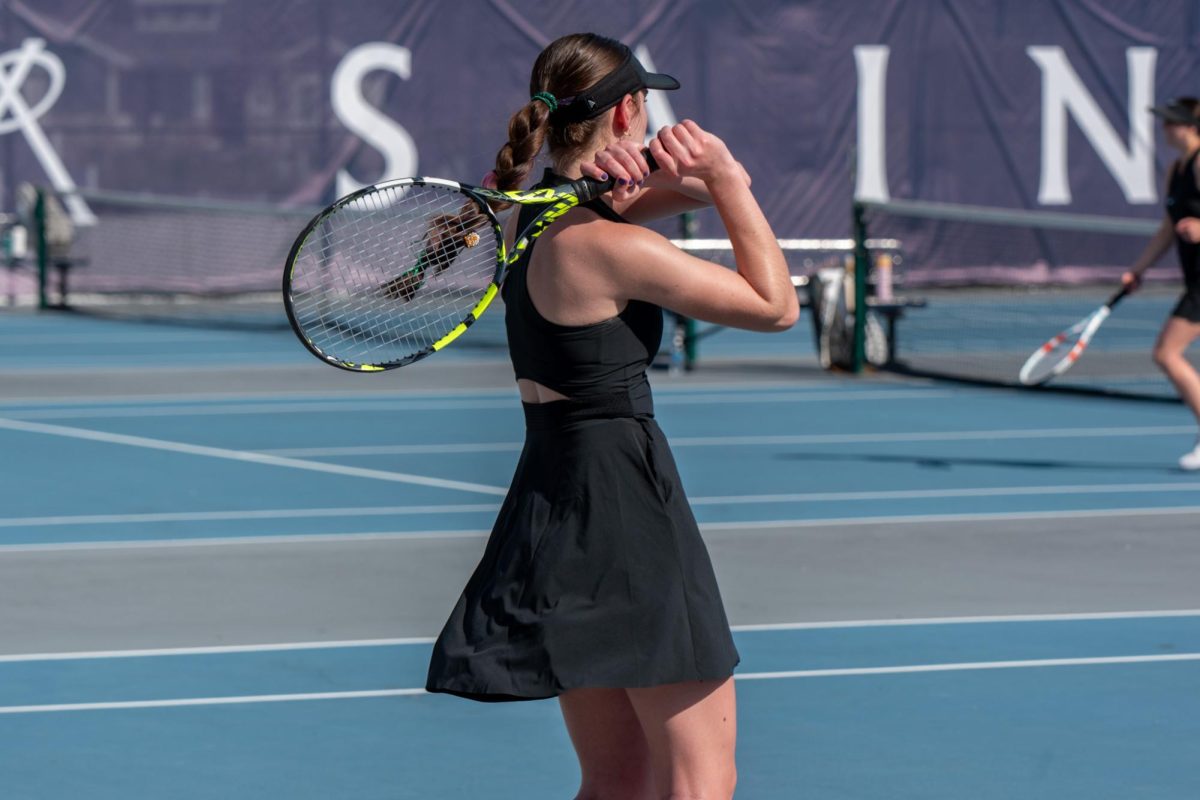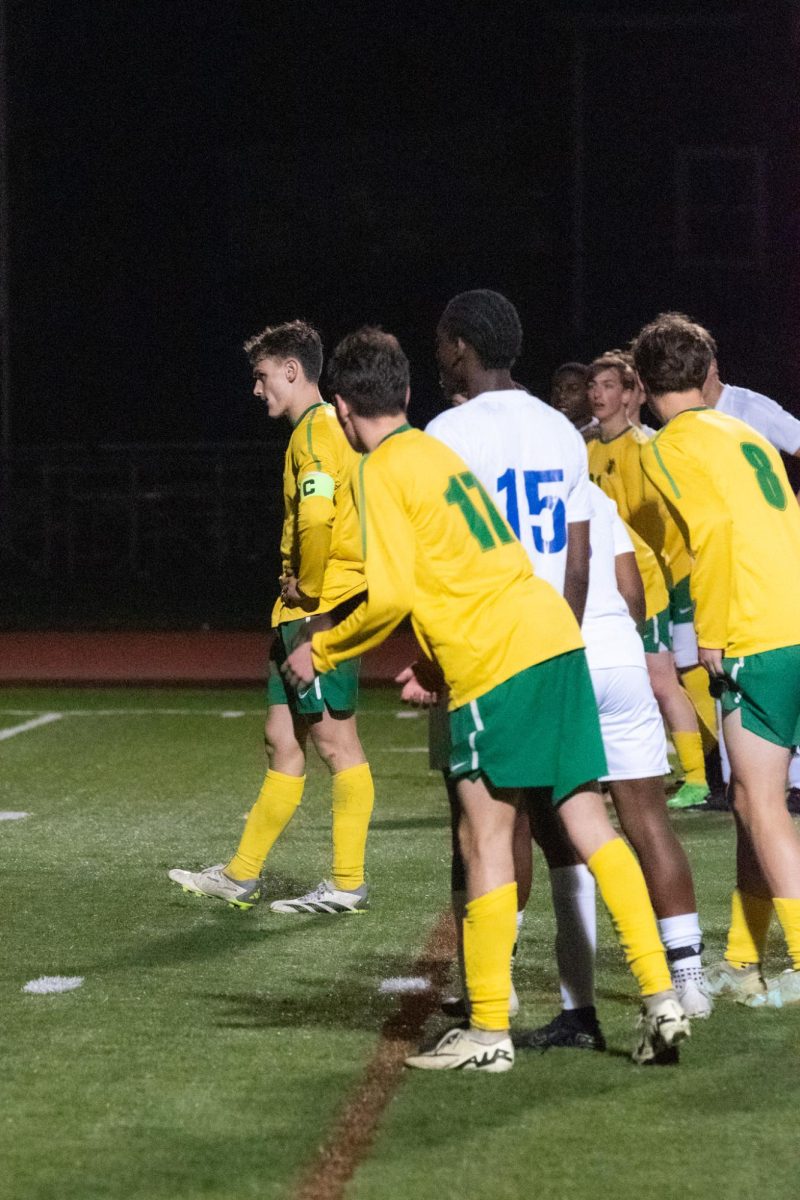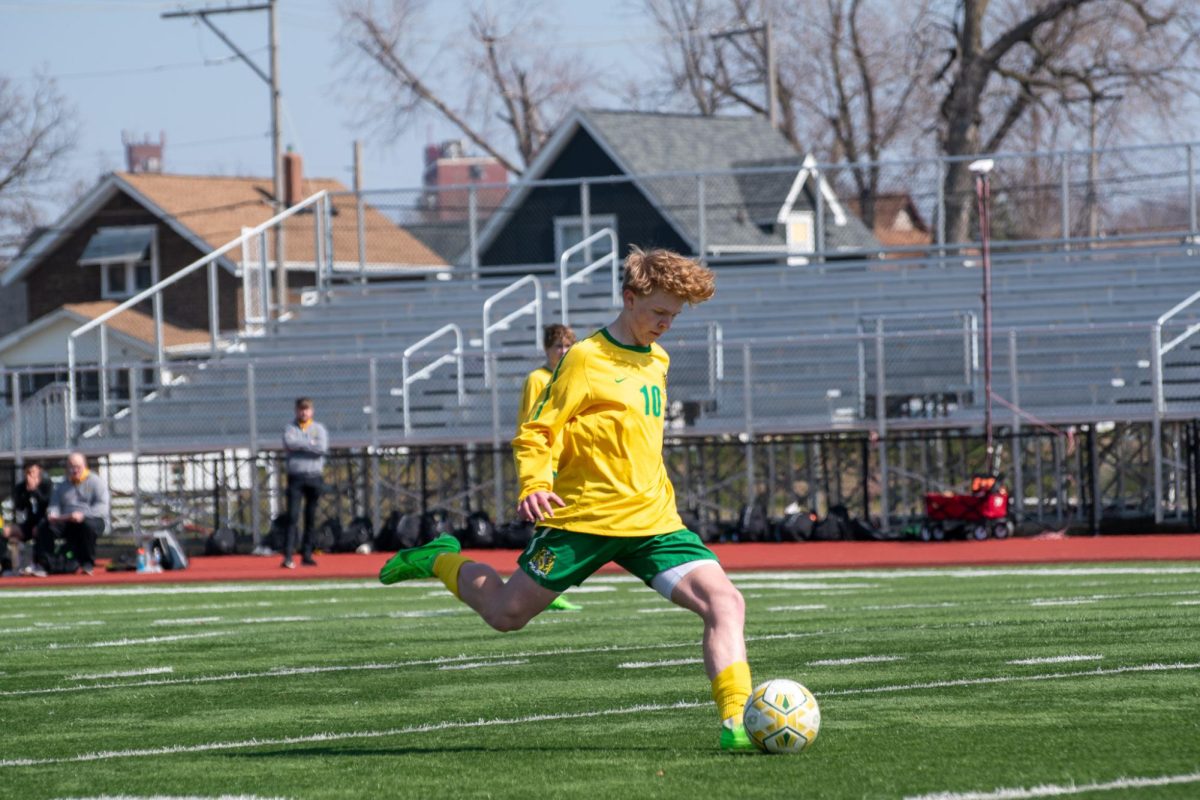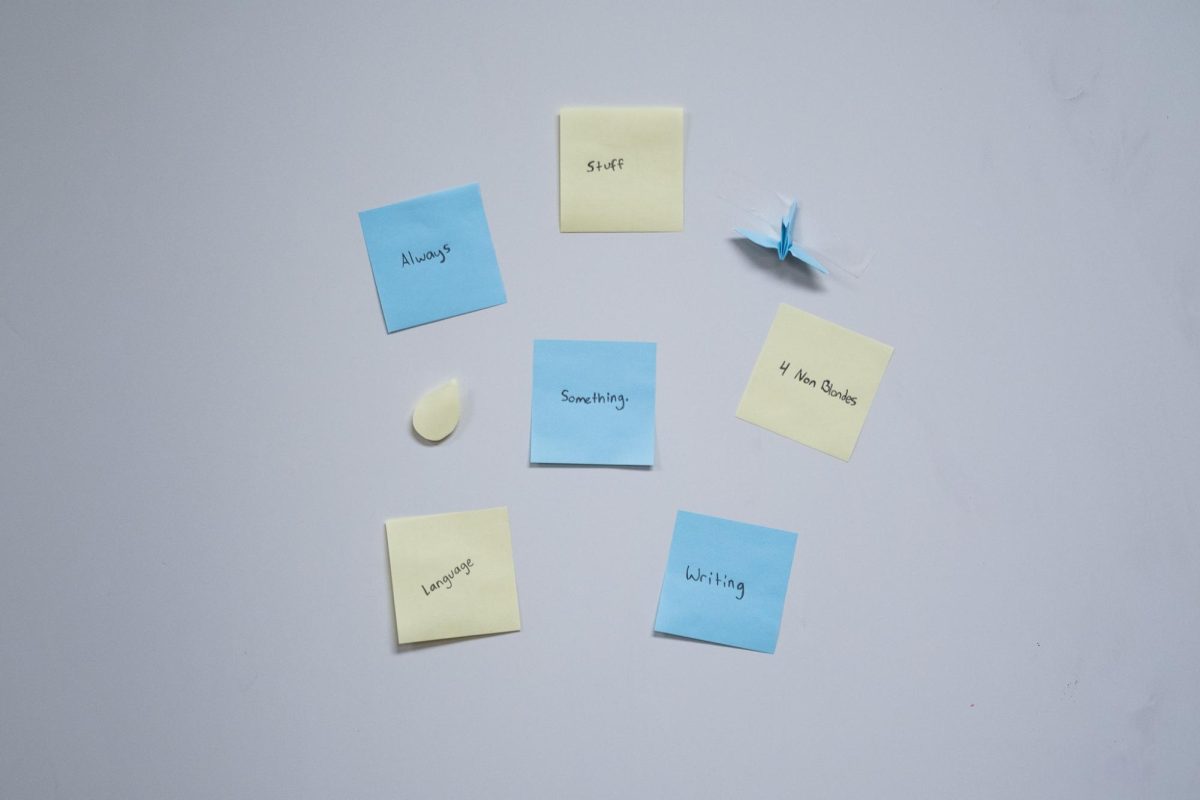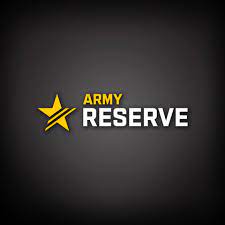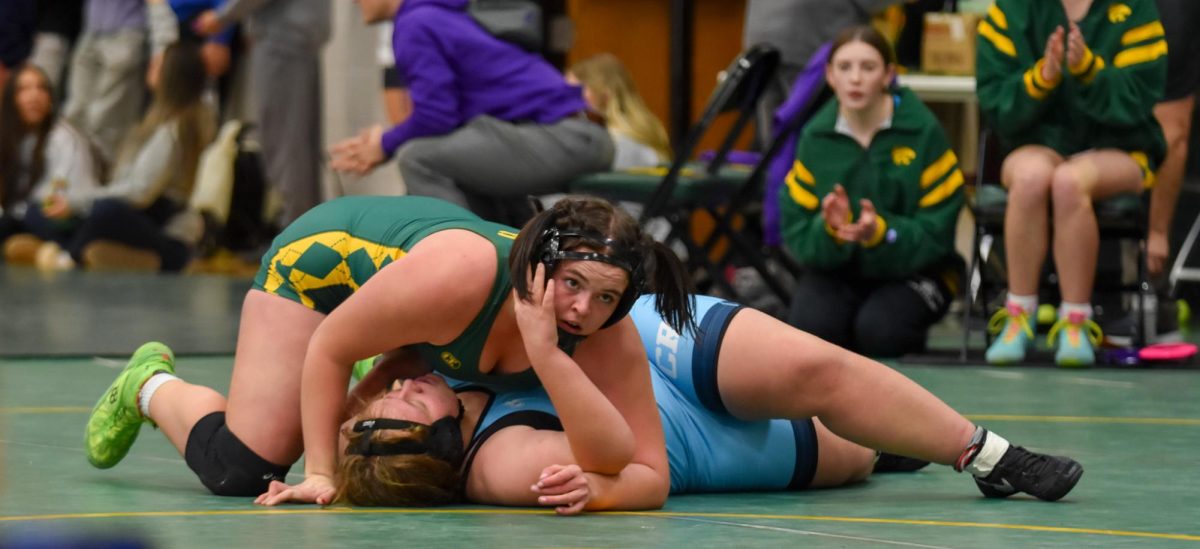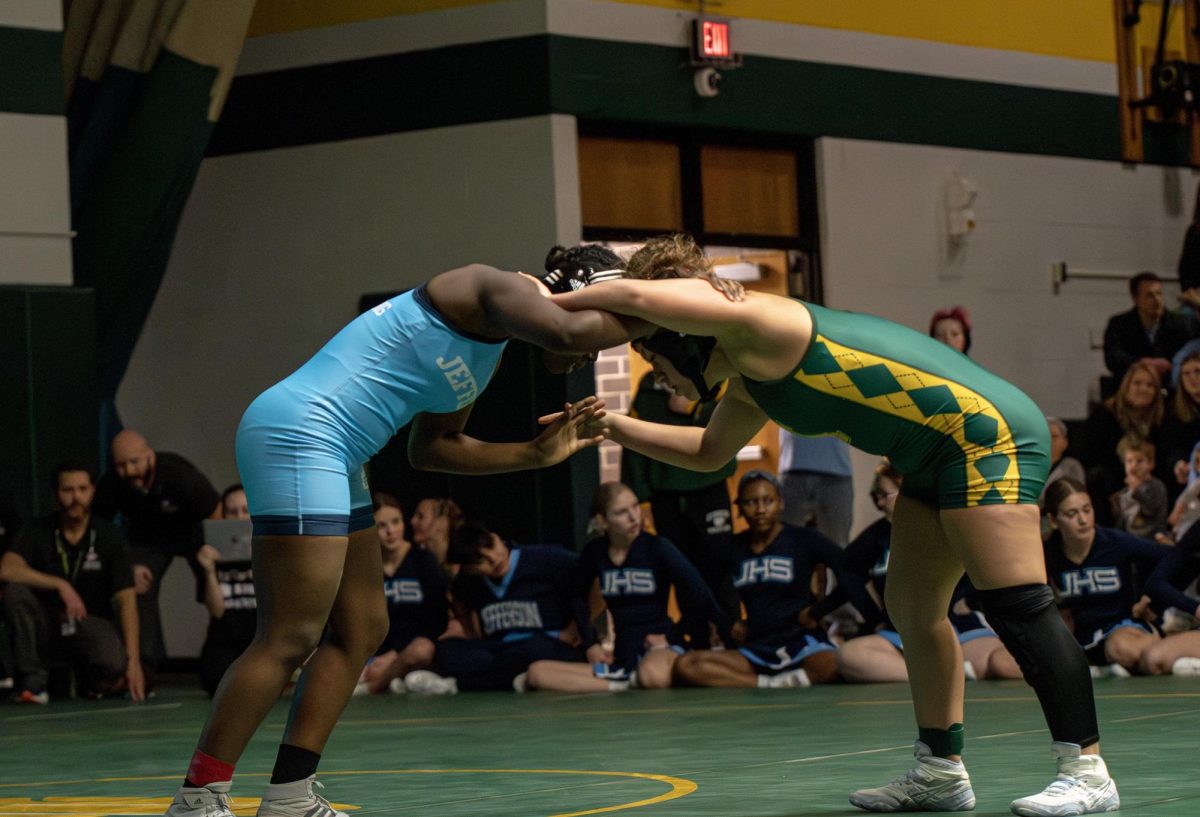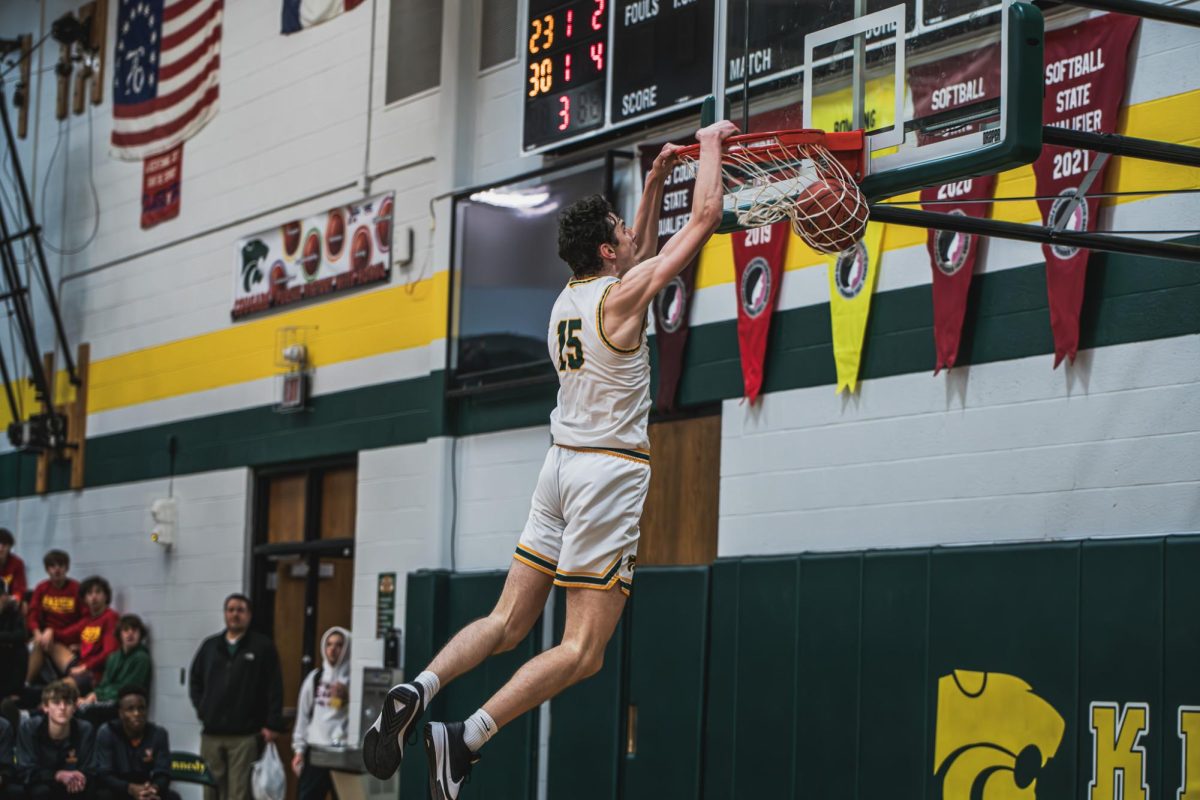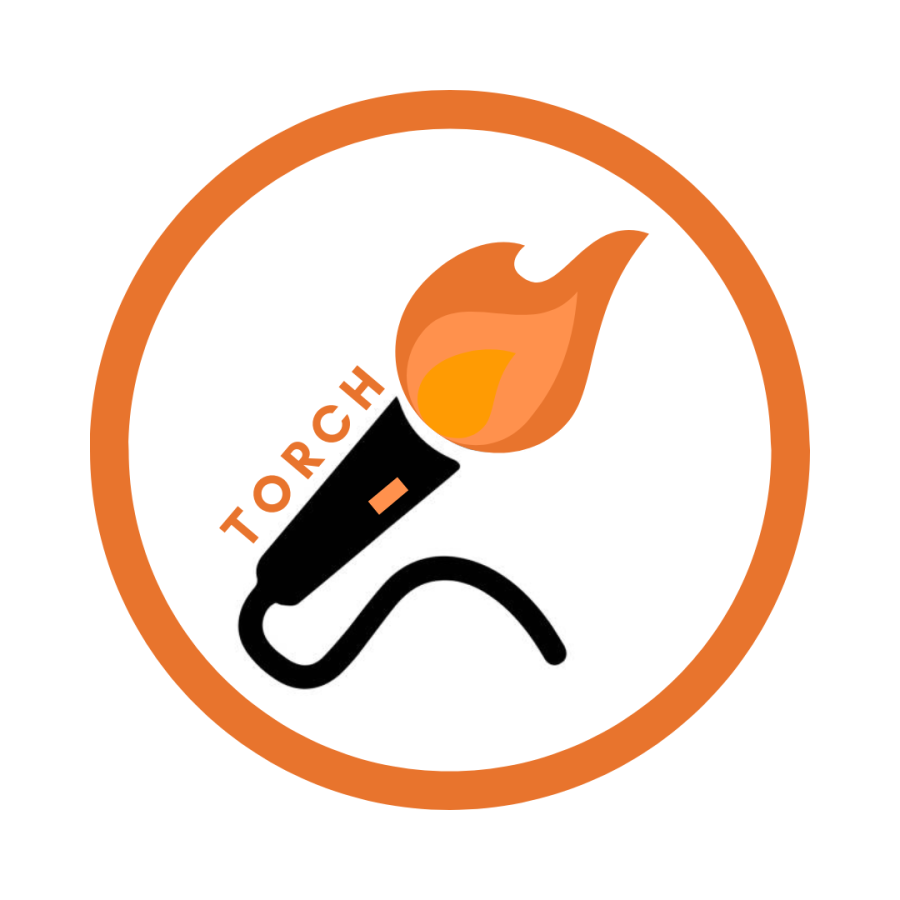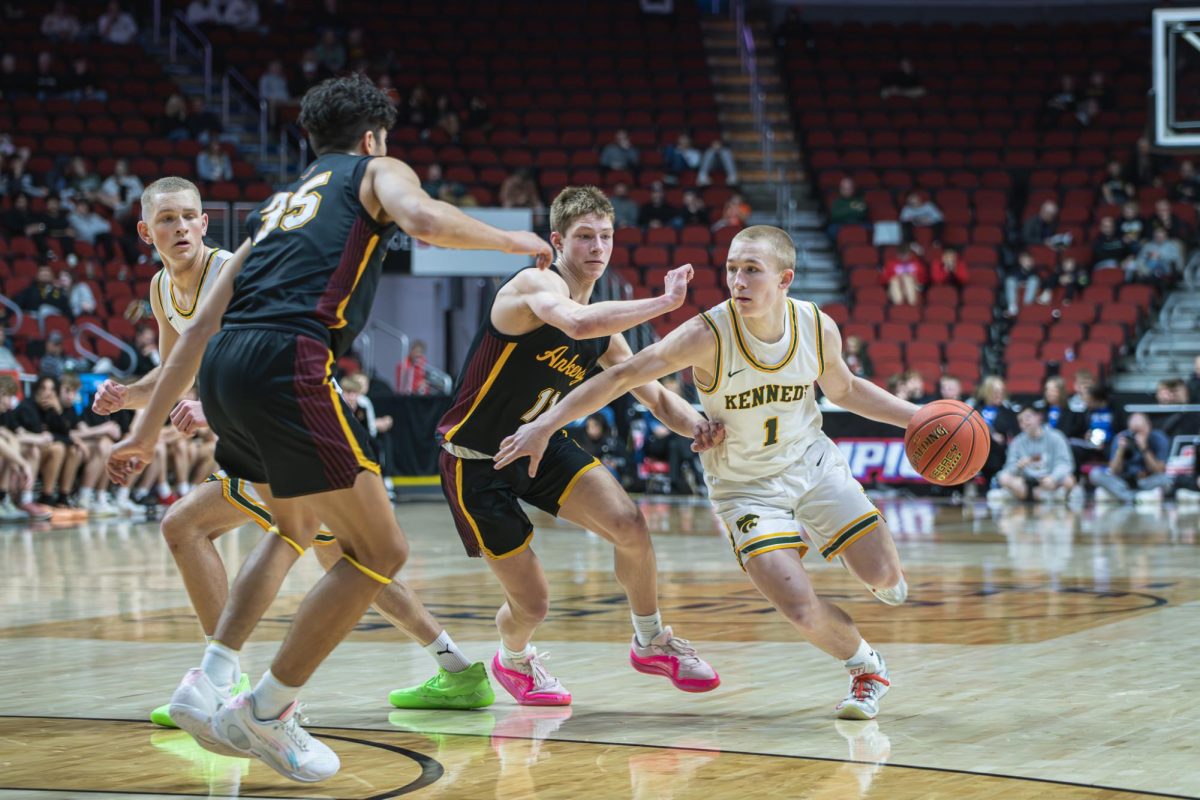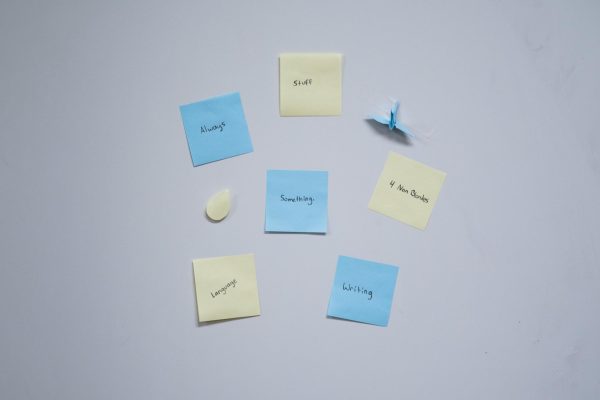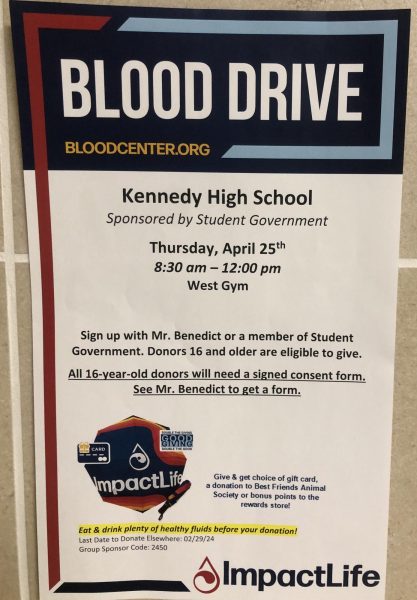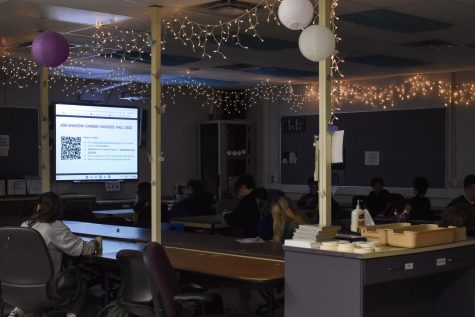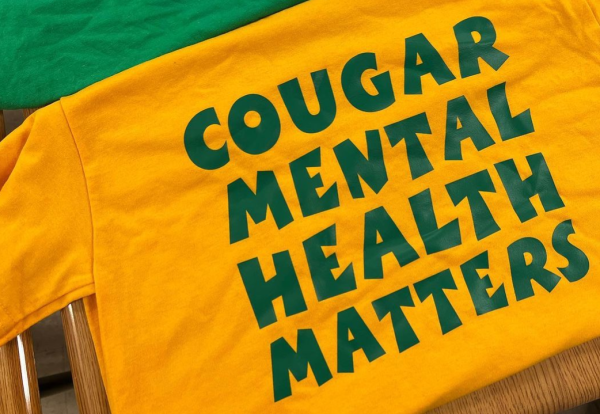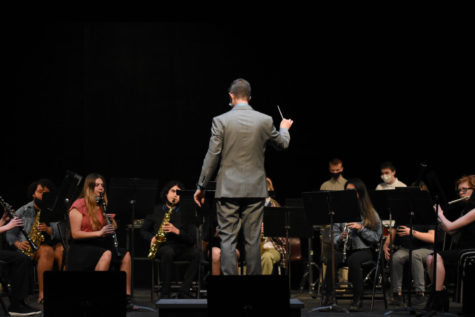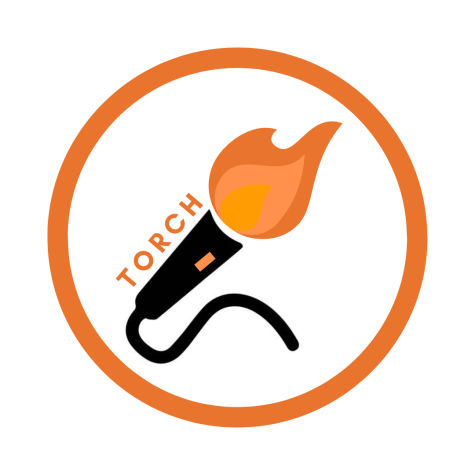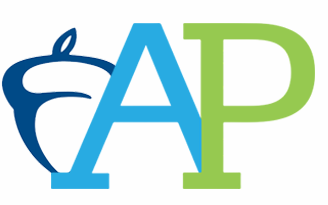The Concussion crisis
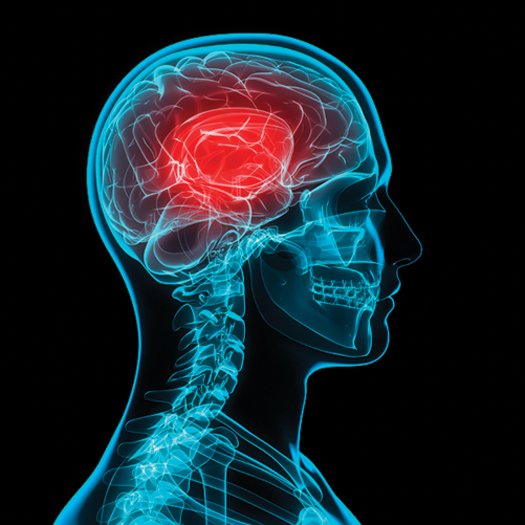
When one decides to participate in a sport, particularly, a contact sport, they run the risk of injuring themselves in one way or another. Sports injuries are taken very seriously, today more than ever, with more and more young people partaking in athletic activities at ages younger than ever before.
Some injuries commonly obtained in sports, such as a broken arm or a sprained ankle, are visibly evident and fairly easy to diagnose.
But what happens when an athlete gets an injury that you can’t see just by looking at them? Concussions are one of the most common injuries that occur among athletes, and if not treated, they can negatively impact you for the rest of your life.
A concussion is a brain injury. According the CDC, concussions are caused by a bump, blow, or jolt to the head or body that causes the head and brain to move rapidly back and forth. This sudden movement can cause the brain to bounce around or twist in the skull, stretching and damaging the brain cells and creating chemical changes in the brain.
Lynn Groth has been Kennedy’s head athletic trainer for 15 years, and during her time at Kennedy, she estimates that she has seen an average of 10 concussions per year. This year alone, Groth has dealt with seven student-athletes that have suffered concussions.
While the concussions Groth sees most often occur to athletes participating in football, soccer, and wrestling, she has seen athletes obtain concussions from volleyball, basketball, softball, and baseball as well.
“Concussions can range from easy to difficult to diagnose as some you can see things like balance issues, glazed over eyes, painful expression/posture, and slow reactions. Questioning them about symptoms and cognitive questions can show any of the many symptoms related to concussion along with decreased cognitive performance,” Groth said. “The less of these signs and symptoms present makes diagnosing a concussion harder and harder as with some concussions may only have symptoms like headache, dizziness, or visual problems (ex blurriness) that I can’t see or objectively test and must rely on the athlete answering questions regarding those type of symptoms honestly.”
Todd Gusta, sr., has suffered multiple concussions while participating in sports, and experienced many of the aforementioned symptoms.
“My first one was 8th grade year and my second one was sophomore year,” Gusta said. “The second one was way worse and the impacts of them gave me aggression and messed up my sleeping patterns. I’d always feel like I wanted to sleep even at times when it wouldn’t make sense, like practices or lifting I would feel drained.”
Groth stressed that it is important to limit blows to the head as much as possible in order to prevent concussions. If a concussion is suffered, though, there are several steps that need to be taken immediately.
“If determined an athlete has a concussion the absolute first thing to be done is removal from the sport,” Groth said. “Evaluation and re assessments are needed to determine if a referral is needed to the ER. It is very important that the athlete refrain from any physical activity and limited cognitive/mental stimulation to allow the brain to heal.”
Some athletes may attempt to return to their sports prematurely, but this is not safe for the athlete.
“If an athlete with a concussion continues to participate or returns to sport while still symptomatic or too soon a range of things could happen like symptoms continuing to be present for a longer duration, a permanent issue of symptom(s), post concussive syndrome, to a second impact syndrome,” Groth said. “Second impact syndrome is caused from a second impact during the time frame in which symptoms are present or full recovery hasn’t occurred which can result in permanent, significant brain injury and death.”
After sports related concussions, the focus typically seems to be on when the athlete can return to participating in their sport, but another question that needs to be addressed is how soon the student can expect their brain to be fully functioning for school and the work that it demands. According to Athletic Director Aaron Stecker, next year the school will be implementing a program to help teachers to know “if you’ve got a student who’s got a concussion, here are some things that might impact them and how they’re going to fit back into a classroom.”
Before a Kennedy student can participate in athletics, they and their parents are required to sign a form indicating that they have received information regarding concussions in high school sports.
For more information go to www.cdc.gov/Concussion.
Your donation will support the student journalists of Kennedy High School - IA. Your contribution will go towards the purchase of a new lens for our photographers.



